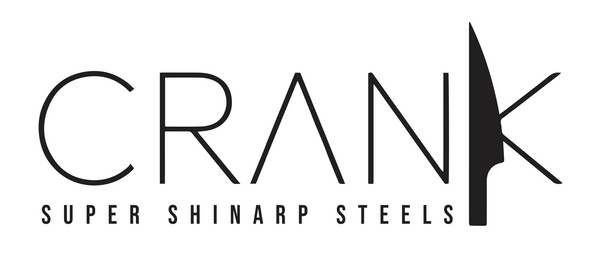Here’s a captivating, image-rich article celebrating the Åntigu Tåktåk—a blade infused with Chamorro ingenuity and pride. It highlights key elements from the design and honors the legacy of our island navigation. Perfect for your blog, newsletter, or website feature.
When you hold the Åntigu Tåktåk, you're not just wielding a cleaver—you're wielding centuries of Chamorro brilliance.
What Makes It More Than Just Steel
This limited-edition cleaver carries an image inspired by the 1824 artwork of J.A. Pellion, but we didn’t stop there. We infused it with symbols that truly speak to who we are:
- The Sakman canoe takes center stage—a tribute to our “flying proa,” the swift, narrow, single-outrigger vessels that shocked early European visitors with their speed and agility.
- Off to one side, Latte Stones stand as silent sentinels of our architectural strength and ancestral roots.
- In the background, a reimagined Chamorro village reminds us of everyday life, resilience, and cultural harmony.
Why the Sakman Speaks Volumes
The Sakman, or “flying proa,” isn’t just a boat—it’s a statement. These sleek vessels were narrow dugouts—about 30–40 ft long and just 2 ft wide—balanced against an outrigger and steered with a paddle called the umulin.
European explorers were awestruck. Magellan’s navigator Antonio Pigafetta wrote of the canoes “bounding like dolphins” around their ships at speeds two to three times faster than their own vessels. They circled, danced, and delivered a performance unparalleled in naval history.
These boats embodied our deep knowledge of ocean currents, wind shifts, and star paths—long before modern navigation tools.
The Marvel of Traditional Navigation
Our ancestors didn’t rely on compasses or charts. Instead, they navigated using:
- Stars, winds, waves, and clouds
- The flight patterns of birds and behavior of fish
- Swells and star altitudes carefully memorized through chants and storytelling
This oral tradition, preserved through generations, allowed our people to sail across vast ocean expanses—and is celebrated today through navigators like Mau Piailug, who taught Pacific wayfinding around the world.
Latte Stones: Foundations of Our Identity
The angled pillars and capstones known as Latte Stones were more than building supports—they signified status, ingenuity, and belonging. Traditionally used from around 900 A.D., they were architectural marvels before Spanish colonization halted their use.
Today, Lattes are everywhere: public monuments, road signs, and symbols of Chamorro resilience.
More Than a Blade—It’s Cultural Heritage
The Åntigu Tåktåk blends function and story:
- Forged from German steel, built for precision, durability, and everyday use.
- Etched with cultural imagery, portraying the Sakman, Latte Stones, and village life—reclaiming our story with pride.
- A symbol of identity, reminding us of who we are, where we came from, and what makes us unique.
Final Thoughts
Every cut this cleaver makes is a nod to our ancestors:
- The Sakman reminds us of our mastery of the ocean.
- The stars, the wind, and the sea remind us of our connection to the greater universe.
- The Latte Stones anchor us in place, in our heritage.
When you use the Åntigu Tåktåk, you’re carrying Chamorro innovation, navigation prowess, and cultural pride on your cutting board.
We had the fastest boats on the water.
Now our blade tells that story.





